Apple iPhone Business Unit Strategy: Internal and External Analysis
VerifiedAdded on 2023/06/10
|14
|1038
|241
Report
AI Summary
This report provides a comprehensive analysis of Apple iPhone's business unit strategy. It begins by outlining the company's mission, vision, and core values, followed by an internal analysis that identifies strengths such as innovation and a strong brand, and weaknesses like high product prices. The external analysis examines political, economic, social, technological, and legal factors that may influence the company. The report then explores Apple's core competencies, including research and development, and recommends a low-cost leadership strategy to increase market share and maintain profitability. Strategic goals are defined, focusing on cost reduction, price reduction, market share increase, and efficiency improvements. The report outlines a plan to achieve these goals, including process automation and advertising campaigns, and details control mechanisms such as stakeholder management and regular audits. The implementation strategy focuses on management department adjustments, such as reducing hierarchy and centralizing management. The conclusion emphasizes Apple's strong brand and the suitability of the cost leadership strategy to address external factors and ensure continued success.
1 out of 14

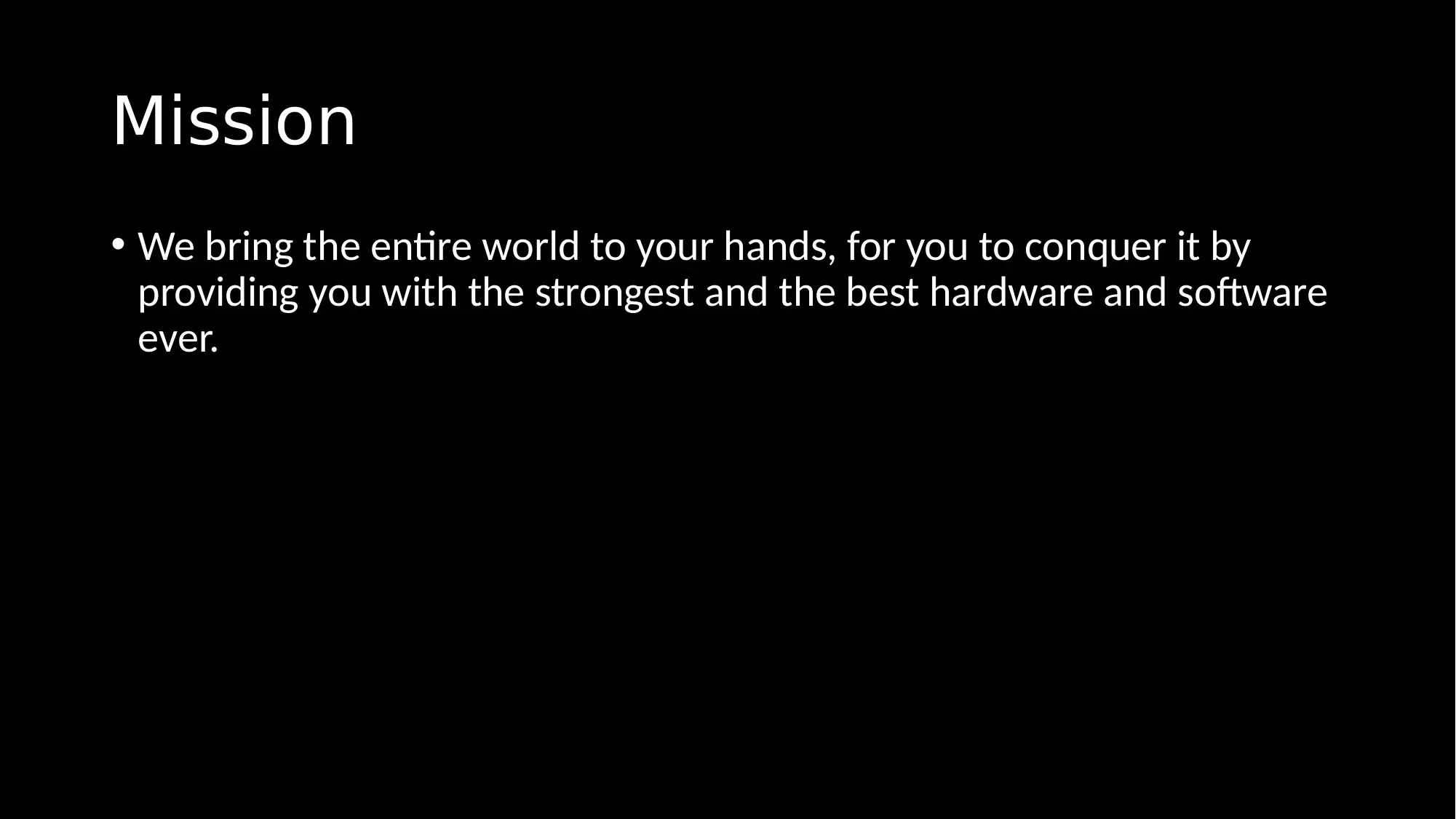
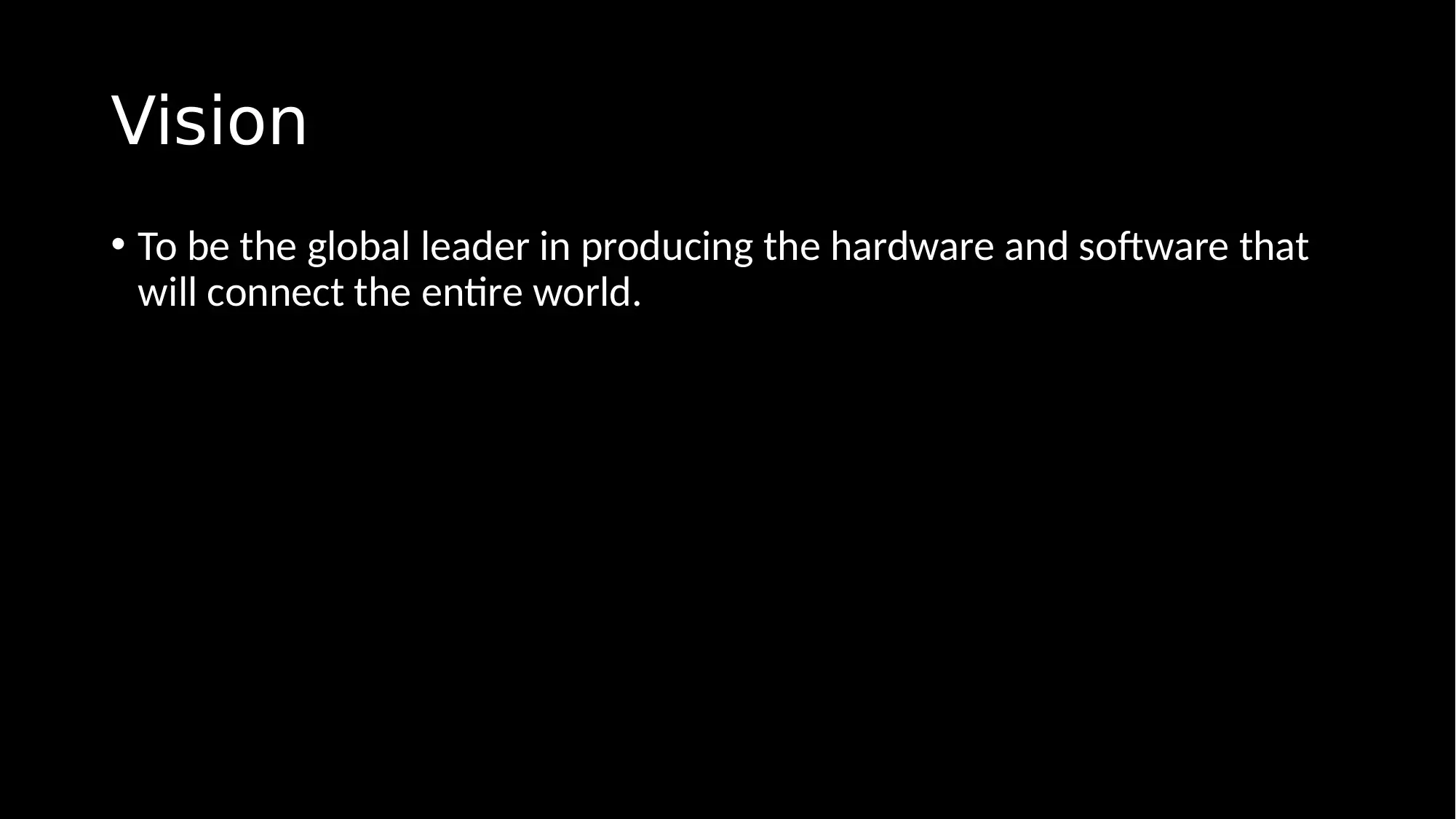

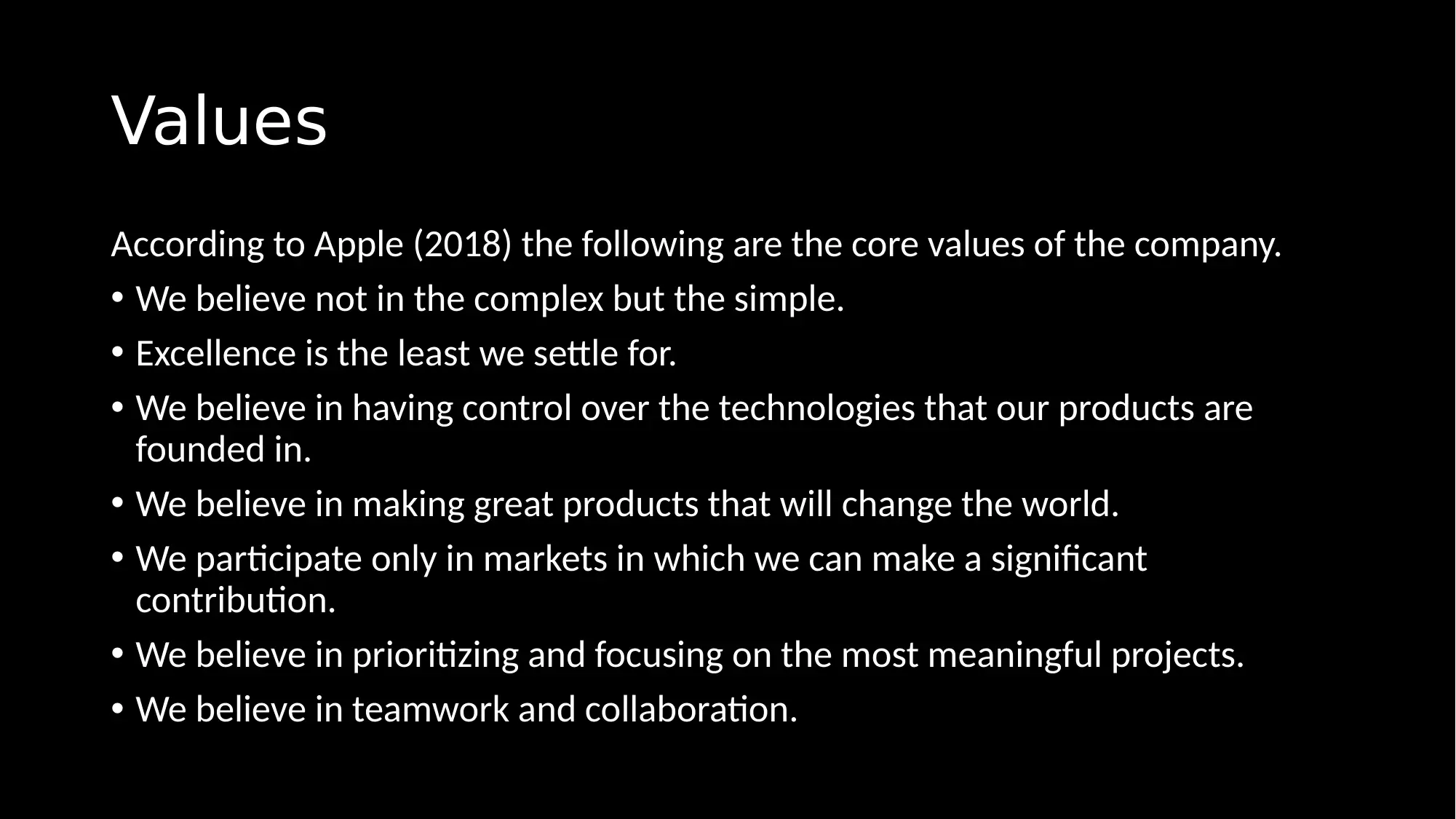
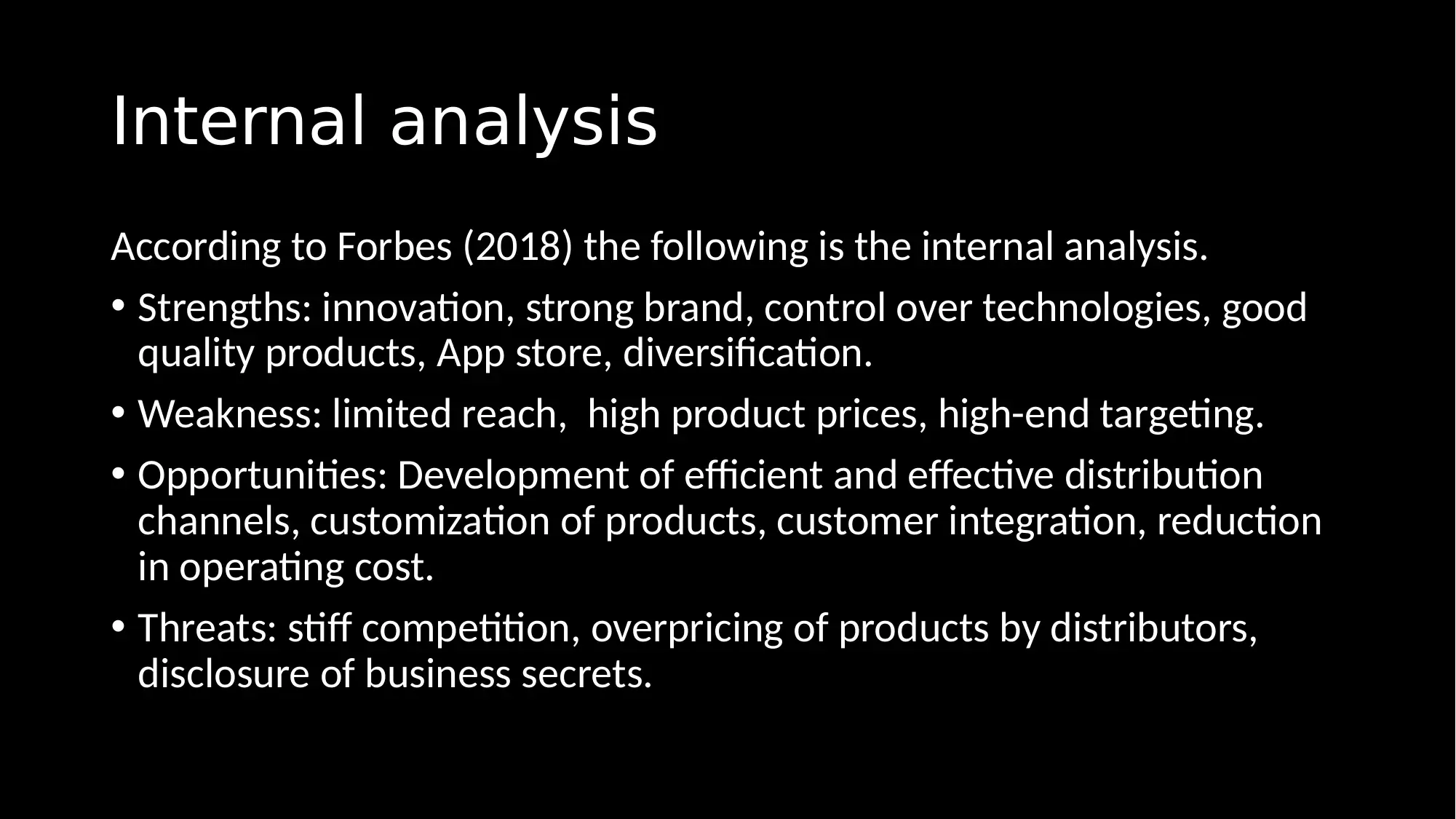
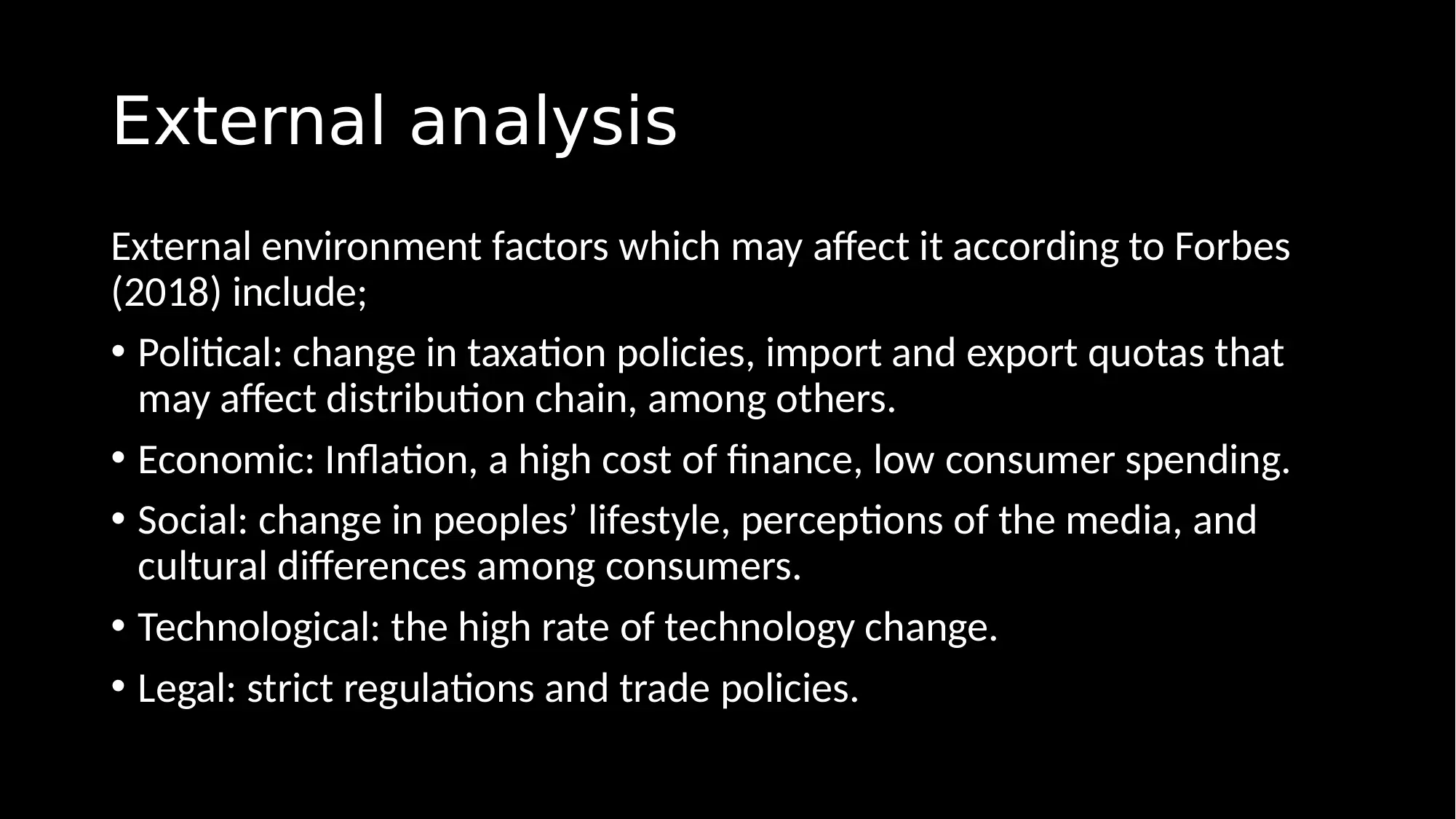
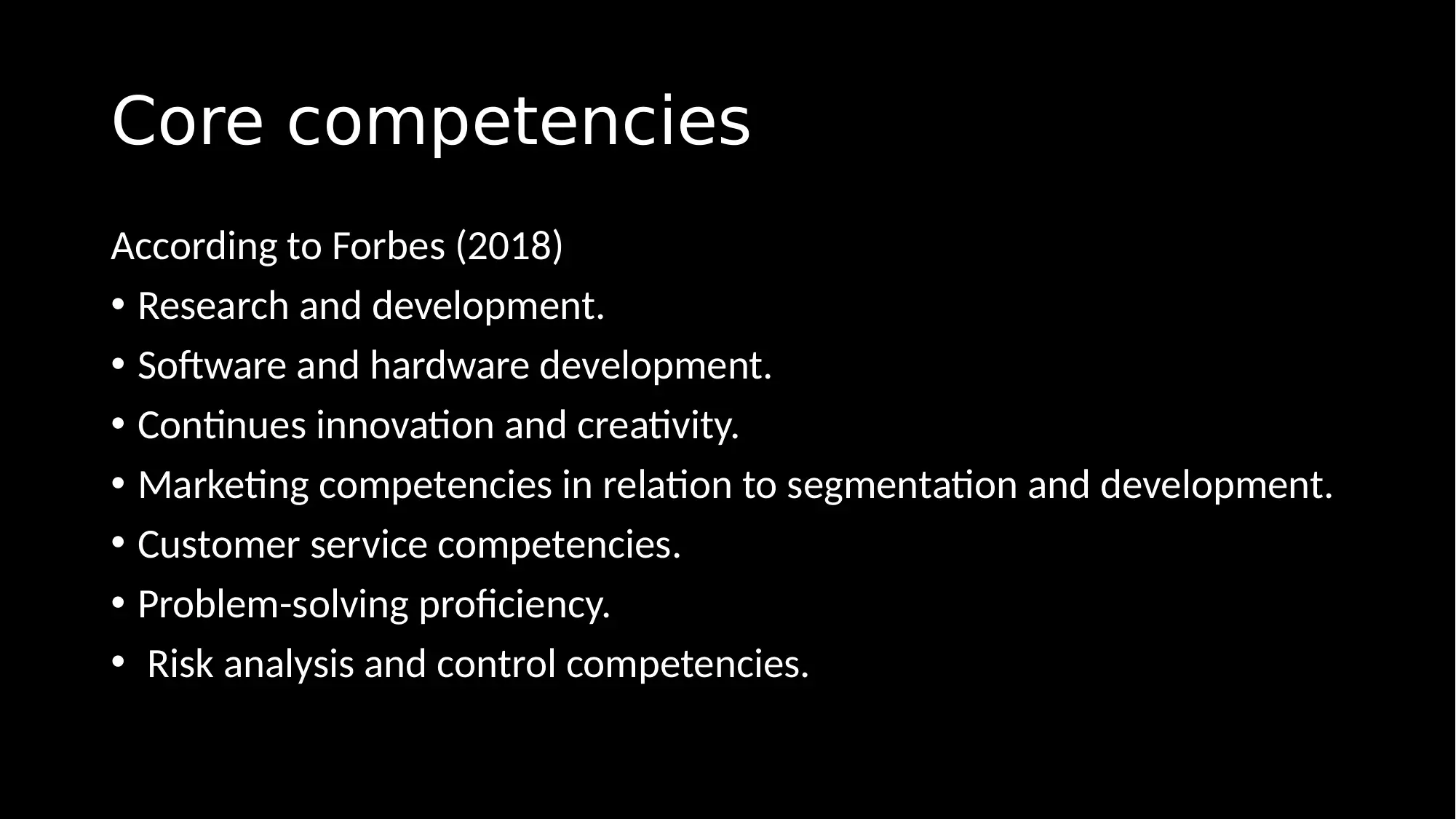
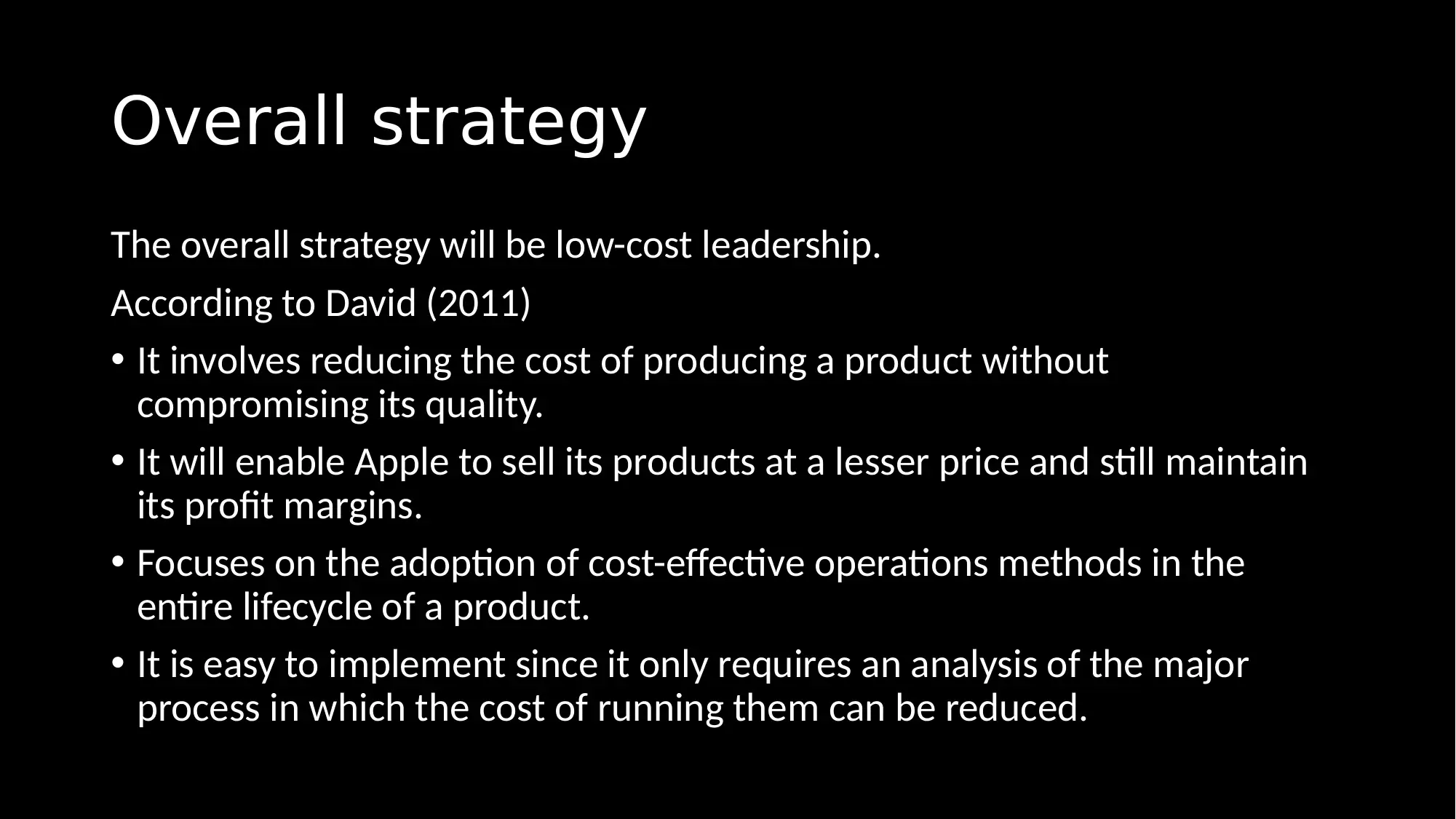
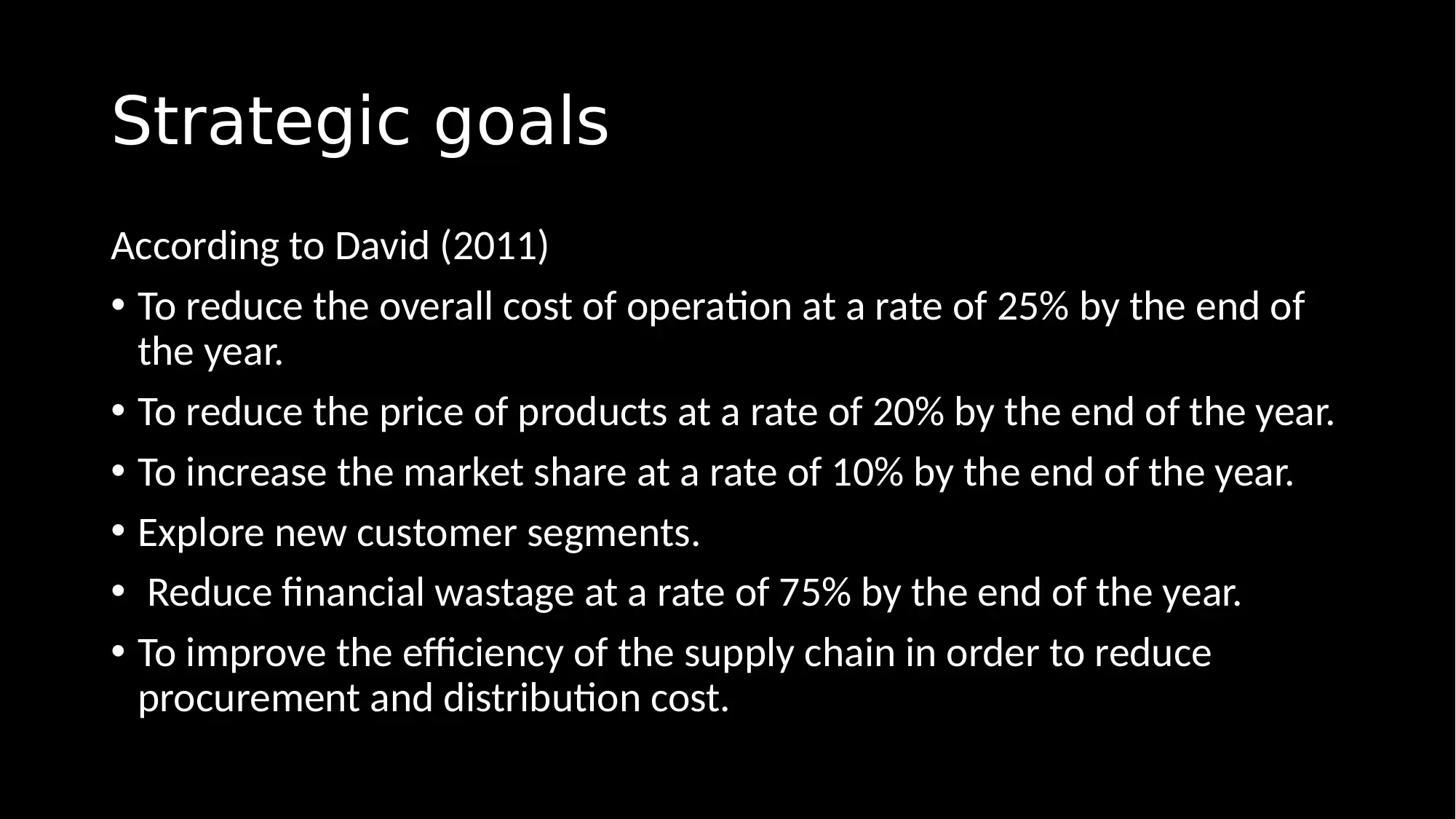
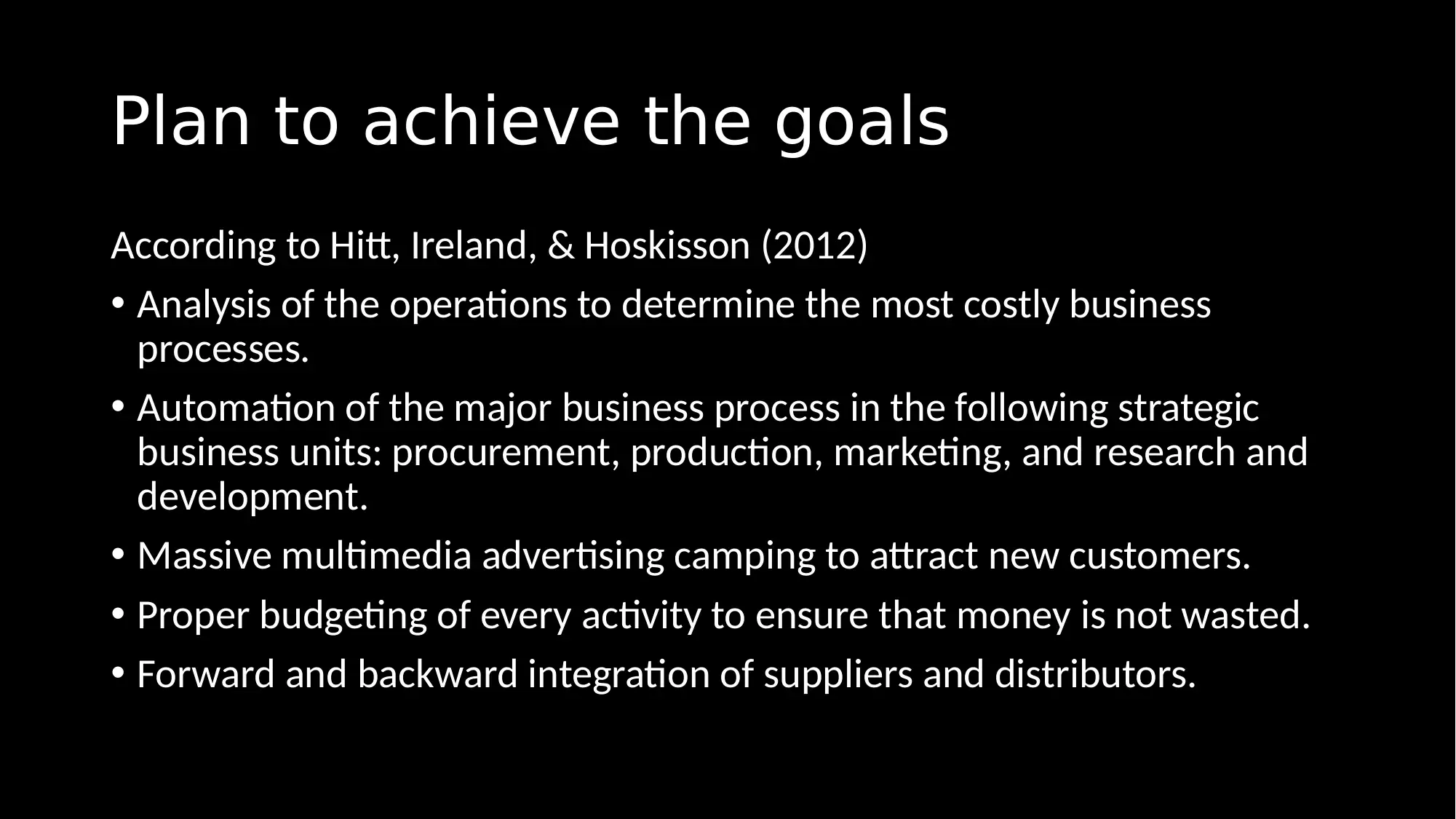
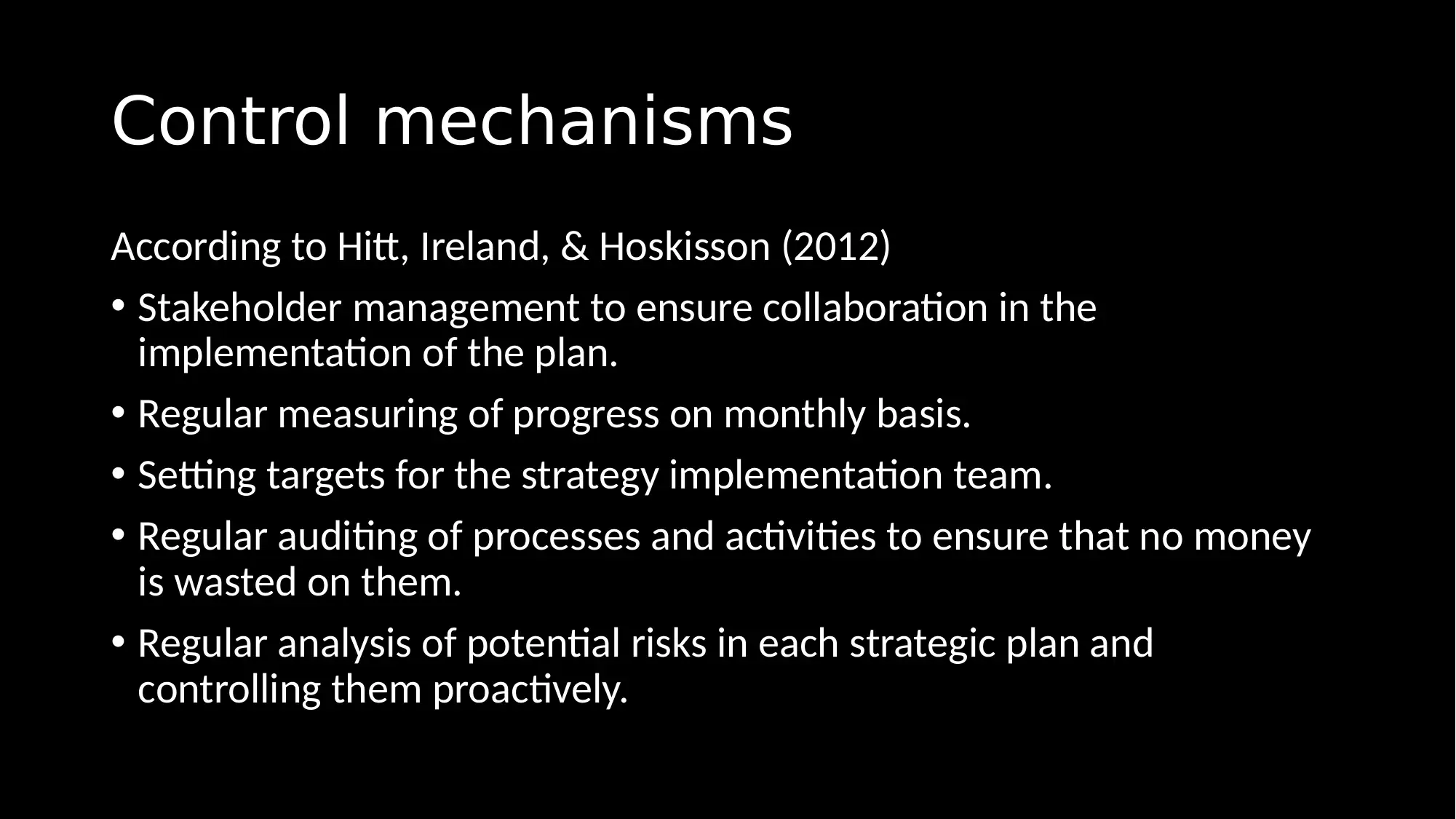
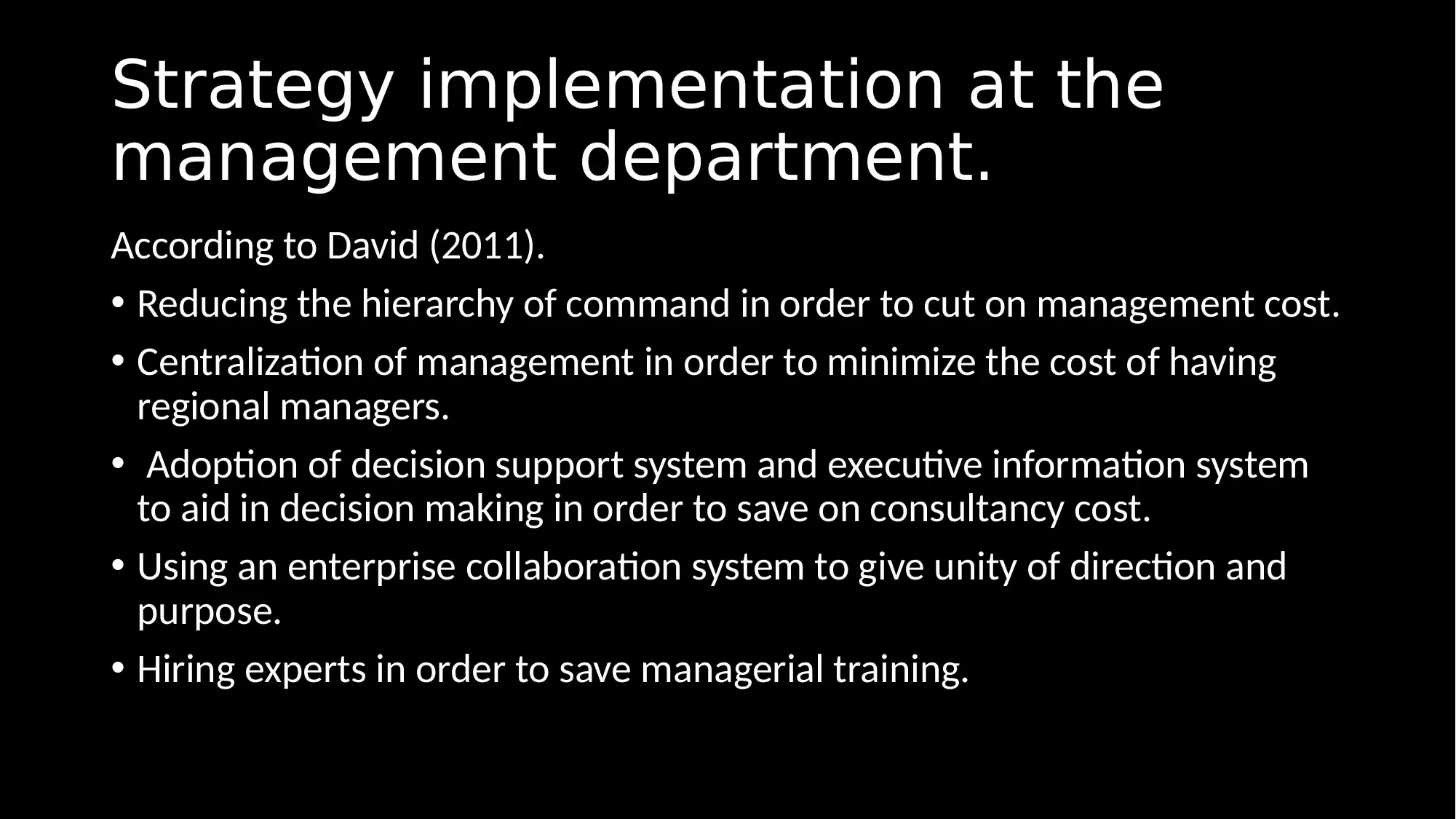






![[object Object]](/_next/static/media/star-bottom.7253800d.svg)